As any folding pocket knife enthusiast knows, there are many methods knife makers use to provide a smooth opening for a blade.
The two most popular are bushings (washers) and bearings.
What is not as clear is the maintenance requirements of the two. How do the maintenance requirements differ? What does proper maintenance do for your knife? What method is the best for each?
All of these questions and more will be answered, but first, let's get some information. What makes bushings and bearings unique?
KNIFE BEARINGS
Bearings are used in a wide number of applications, from industrial machinery to skateboards, coming in many shapes and sizes.
The knife world uses three main types of bearings: Open ball bearings, caged ball bearings and cylindrical thrust bearings.
- Open ball bearings are free in the handle of the knife, often sitting in a pocket in either the blade or handle. The most common and popular free bearing system is IKBS which consists of many small balls placed in a grove milled into the scales of blade. This system allows for minimum friction with all balls rolling independently.
- Caged bearings are bearings held in a housing, often a hardened race washer, to make installation and maintenance easy. These are the bearings used in popular systems such as Kershaw’s KVT (Kershaw Velocity Technology).

- The final type of bearing is a cylindrical thrust bearing. They are used to increase bearing durability in cases of force against the axis of the bearing (such as prying). These are not as common but have been popping up on more niche knives such as custom Shirogorovs.

While all these bearings have their own advantages and disadvantages, the maintenance requirements for these and all other bearings is similar.
What makes bearings unique is also what makes them difficult to maintain; many independently moving parts, most of which are metal.
This proves an issues when it comes to keeping your bearings running smooth and clean. There are many opportunities for knife bearings to get contaminants in them.
This includes the repeated entering and exiting of cotton pants and any other activity where mess is inherent (such as cutting food).
HOW TO MAINTAIN BEARINGS
The most important aspect of bearing maintenance is keeping unwanted debris out of the mechanism. This can be achieved in many ways, some more permanent than others.
- The easiest solution is a preventative measure. If you know you are using a knife that runs on bearings, reconsider using it to cut a cake. This will prevent incidental food particles from getting into the mechanism and attracting other debris.
- The next solution should be a common one to many knife enthusiasts, compressed air. Compressed air is used to get large particles out of the bearings easily without taking your knife apart. This comes with a myriad of disadvantages though. It does not prevent future debris from entering the bearings and cannot get rid of anything sticky or wet.
- This brings us to the final solution, knife oil. A good knife oil will solve all of the problems inherent with bearings. Pivot oil creates a thin film between all the metal on metal interfaces that make bearings so smooth when working well.~ This helps to keep the knife pivot smooth and also prevents further wear that comes with metal moving on metal.

With all this being said, bearings are a great option for the knife enthusiast who values an incredibly smooth knife pivot and has time to maintain their knives.
Most normal knife users will feel grit begin to build in their bearings, unless they have used a high quality knife oil.
Because of this maintenance many people choose a simpler option, washers.
WASHERS
Bushings, also known as washers, have been a staple of knife pivots since the dawn of folding pocket knives.
A washer is a thin piece of circular metal used to separate the metal of the blade from the material of the handle to prevent wear and reduce friction.
While washers are standard in many lower end production knives, some higher end knife makers have started to adopt higher end washer materials.
There are three commonly used washers: steel or other metal, nylon, and phosphor bronze, in order of price and quality.
- Metal washers are used in low end production knives as a rough interface between the blade and handle.
- Nylon is the next step up in quality and is used in production and some mid-tech pocket knives.
- Phosphor bronze is the highest end washer used in many full custom knives and in some of the most popular knife brands.

HOW TO MAINTAIN WASHERS
One of the biggest draws of bushings is their minimal maintenance requirements. Most knives on washers, if the knife is of good quality, will not need much maintenance in their life.
The biggest downside to washers is the possibility for galling or metal on metal friction.
Galling is a common problem with any moving metal parts and can be solved with any kind of lubrication.
The world of lubrication is vast and sometimes complicated with many different options and applications, for the breakdown of lubrication see below.
HOW ARE WASHERS AND BEARINGS SIMILAR
While washers and bearings have many different maintenance requirements two factors are similar, corrosion and friction.
Corrosion is a chemical reaction that affects most metal and needs to be reduced for the long term durability of any metal mechanism.
A proper lubricant can prevent the surface of metal from being exposed to the air and reduce the oxidation reaction that leads to corrosion.
Friction is the most important force that needs to be reduced in all parts needing for repeated movement.
Lubrication provides an interface between all parts of the mechanism in order to reduce friction.
WHICH LUBRICATION TO USE ON YOUR WASHERS AND BEARINGS
While bearing and washer maintenance is very different, both have the option of using a knife oil in them. While the options for lubricants can be intimidating, the basics are simple.
The function of lubrication is to prevent or reduce metal on metal or metal on ceramic (in the case of some bearings) friction to make a knife pivot run more smoothly.
Many lubricants are made for specific applications with variables that change based on operating condition including bearing speed, load, temperature, salinity and heat.
Based on these conditions, manufactures change consistency (such as viscosity), lubrication type (oil versus grease), and many other factors.
While some lubricants can be used cross purpose, the specific application of a lubricant is a large part of it efficacy.

For uses in knife pivots, the most important factors are the ability to prevent debris particles from entering the complex mechanism, reducing friction and corrosion resistance.
Many lubrications on the market solve one or none of these problems but are often meant for high speed or heat applications.
Knife Pivot Lube is specifically designed for knife pivots with the specific needs of pocket knives in mind.
KPL is a synthetic lubricant oil with additives to enhance corrosion inhibition and the ability of the base to hold particulates in suspension so they can’t agglomerate and cause friction.
KPL is the first product on the market so far that is made with knife pivots exclusively in mind, and can be found at knifepivotlube.com.

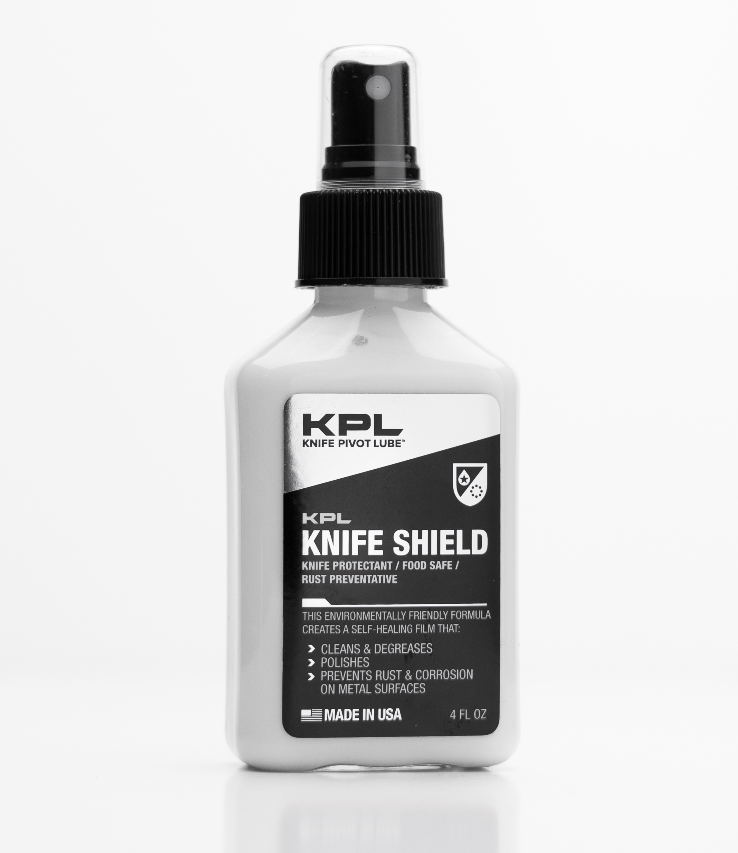
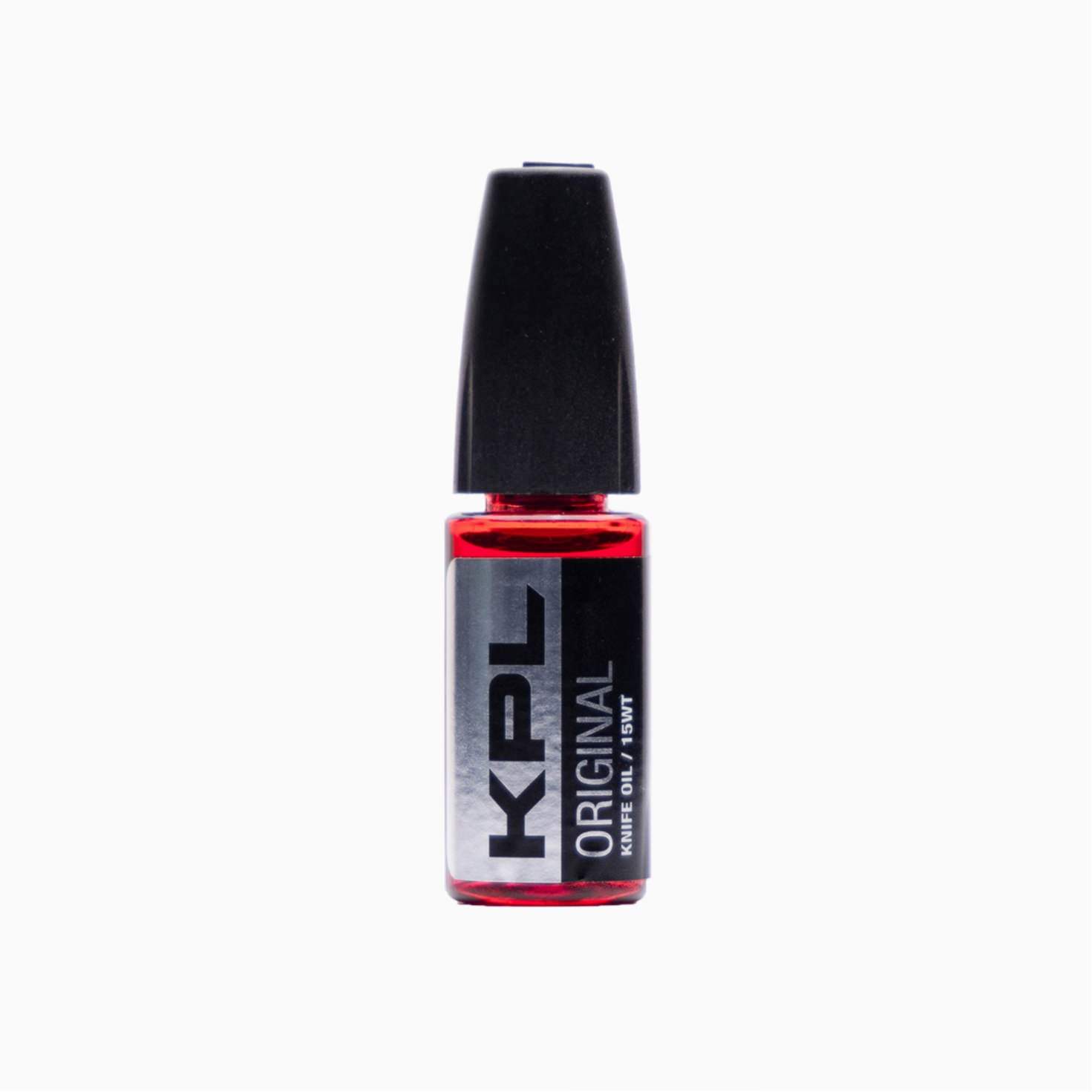
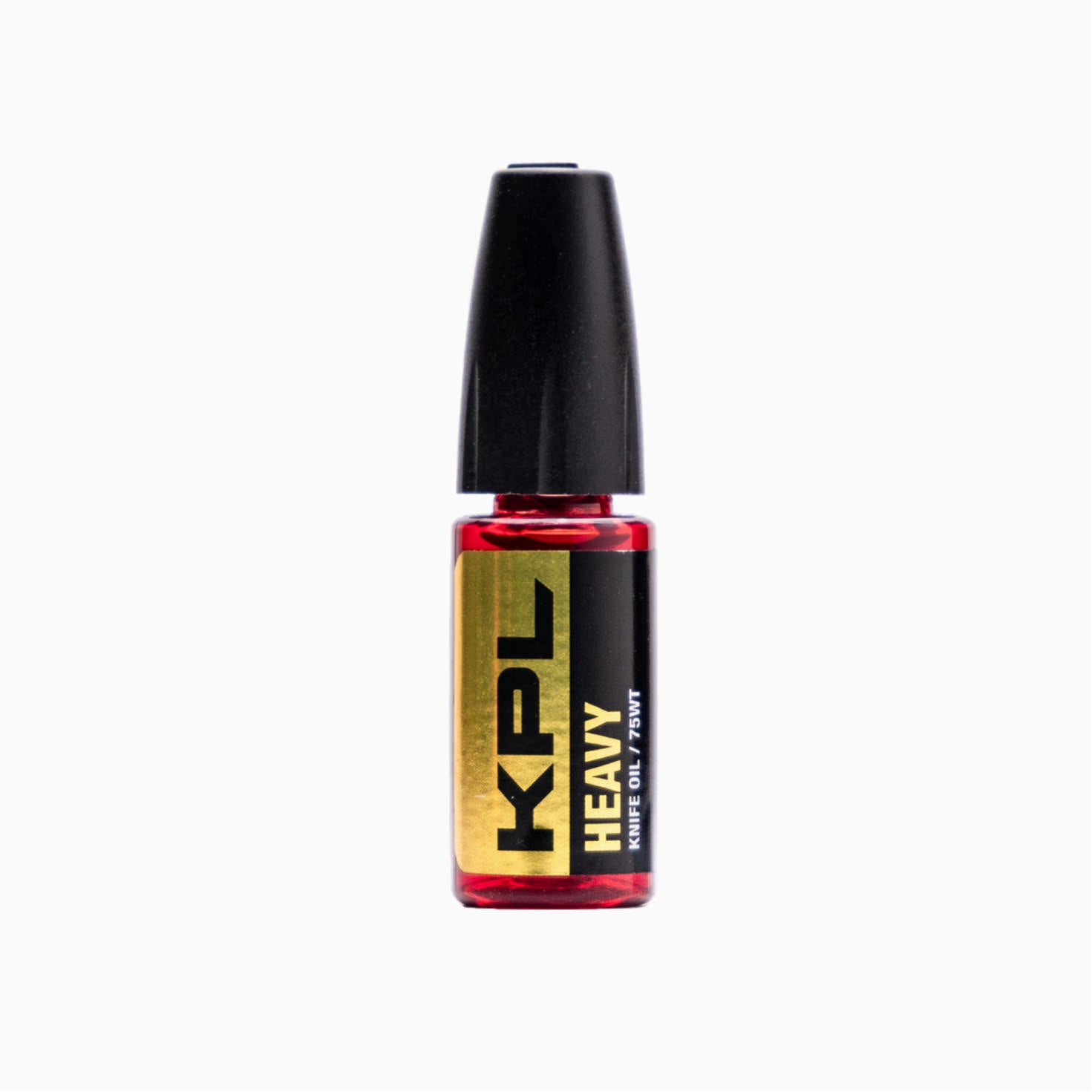
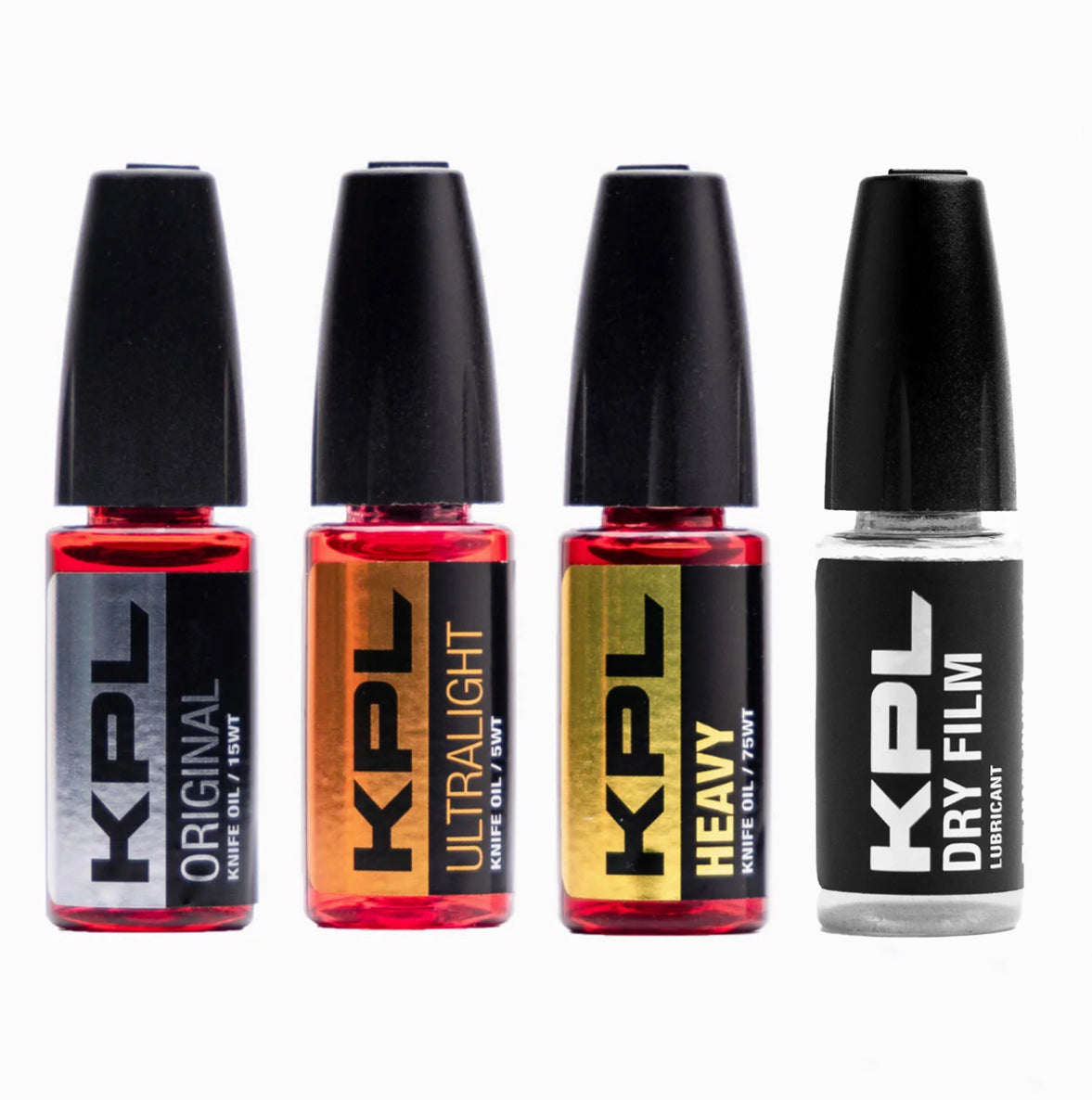
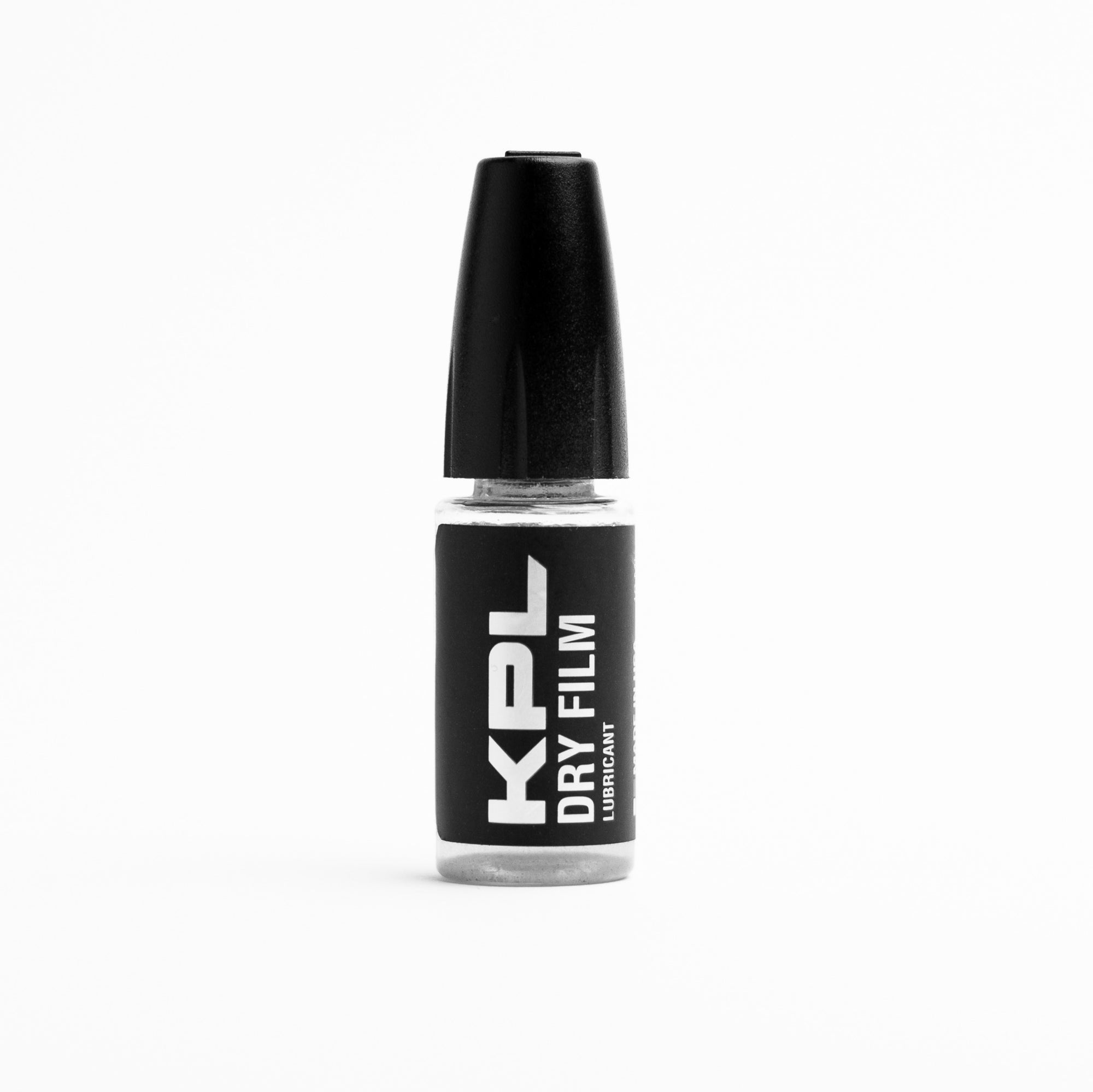
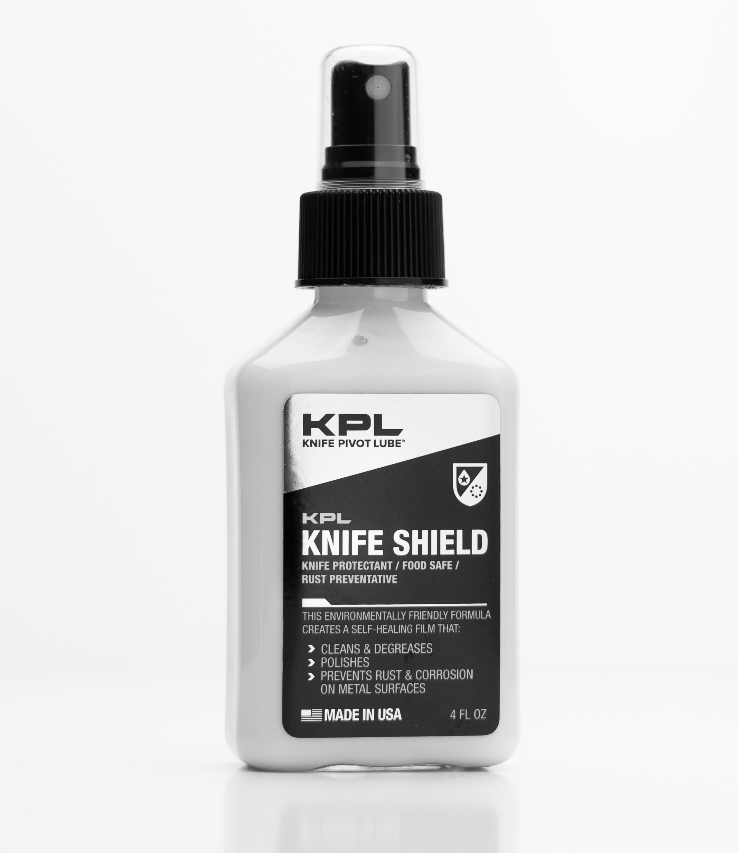
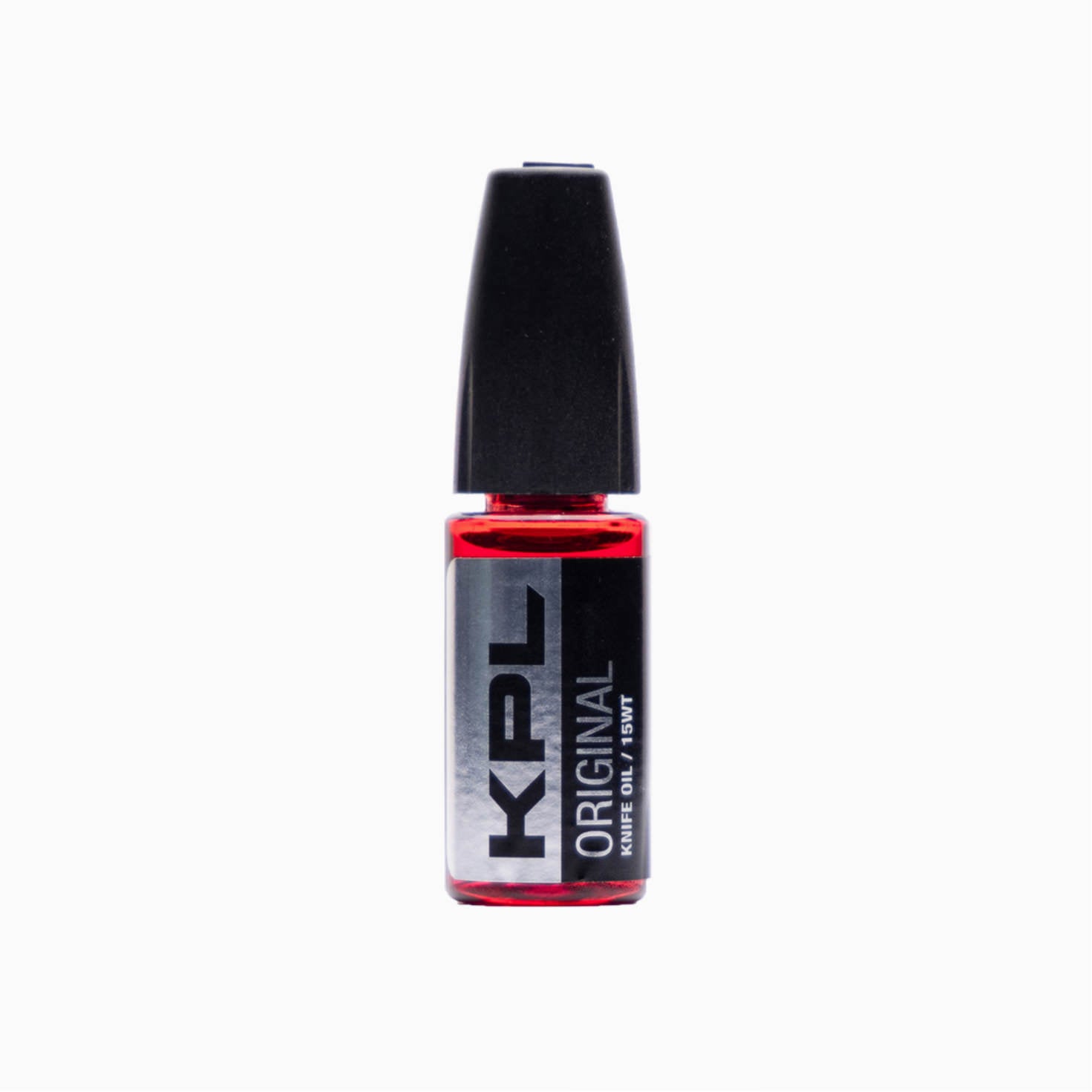
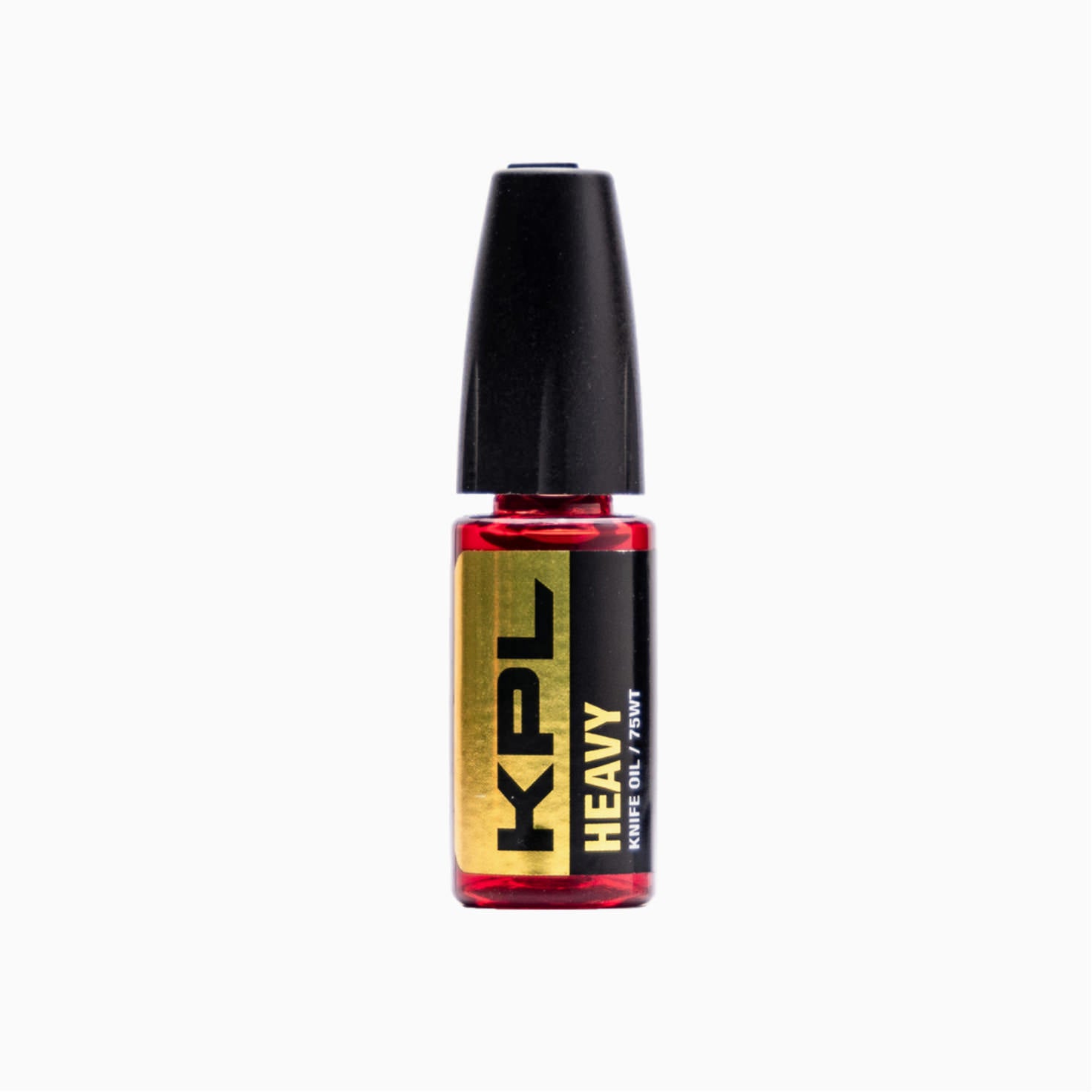
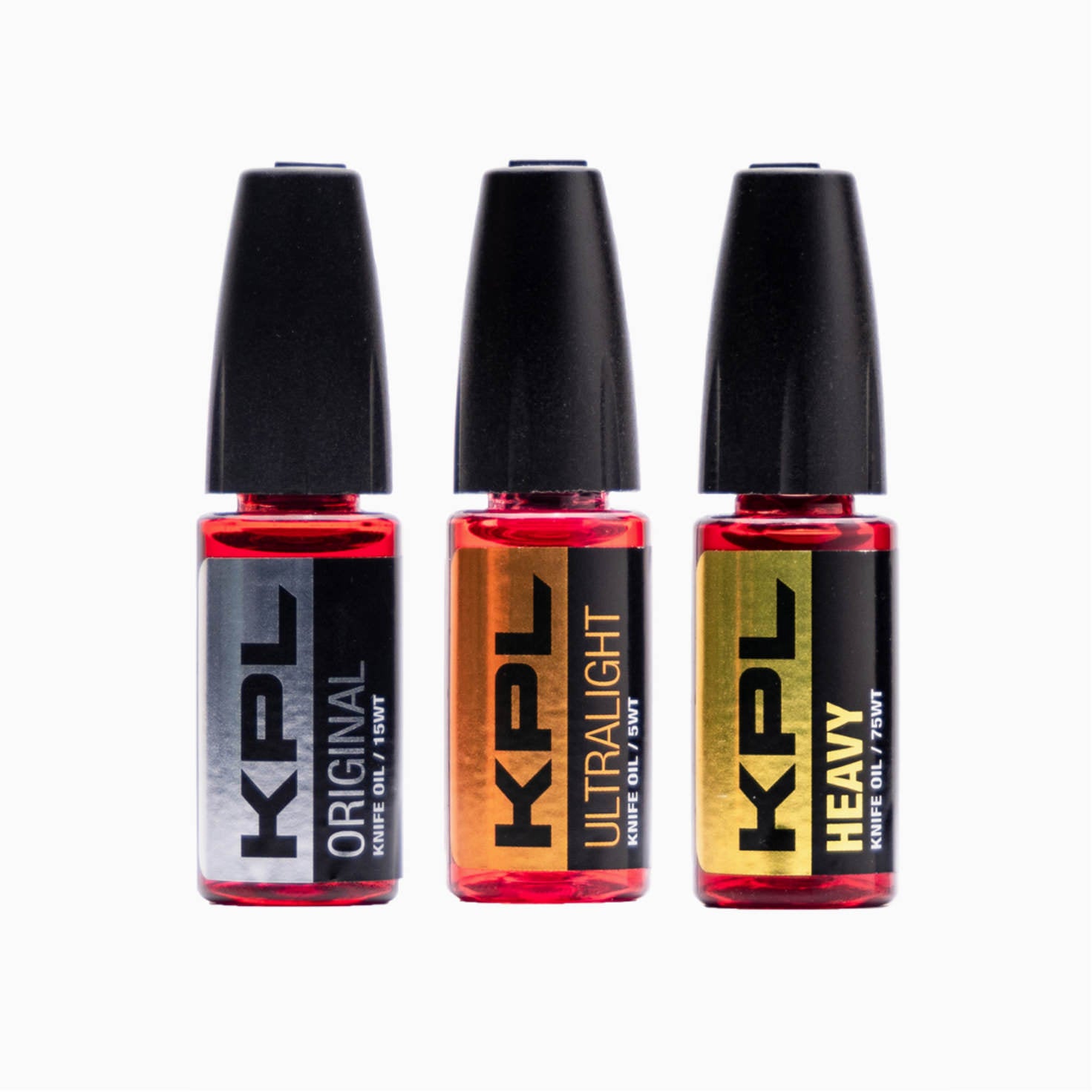
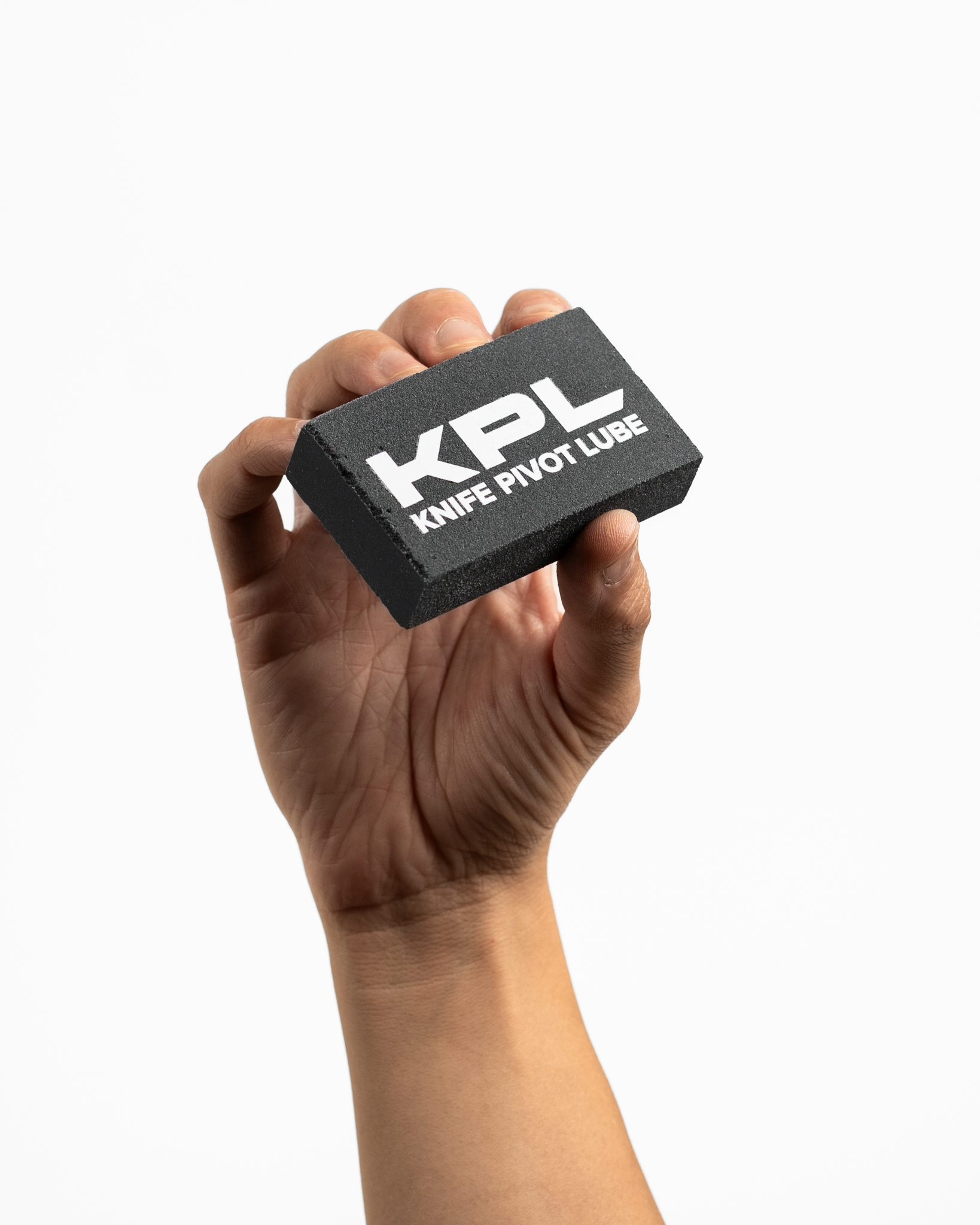
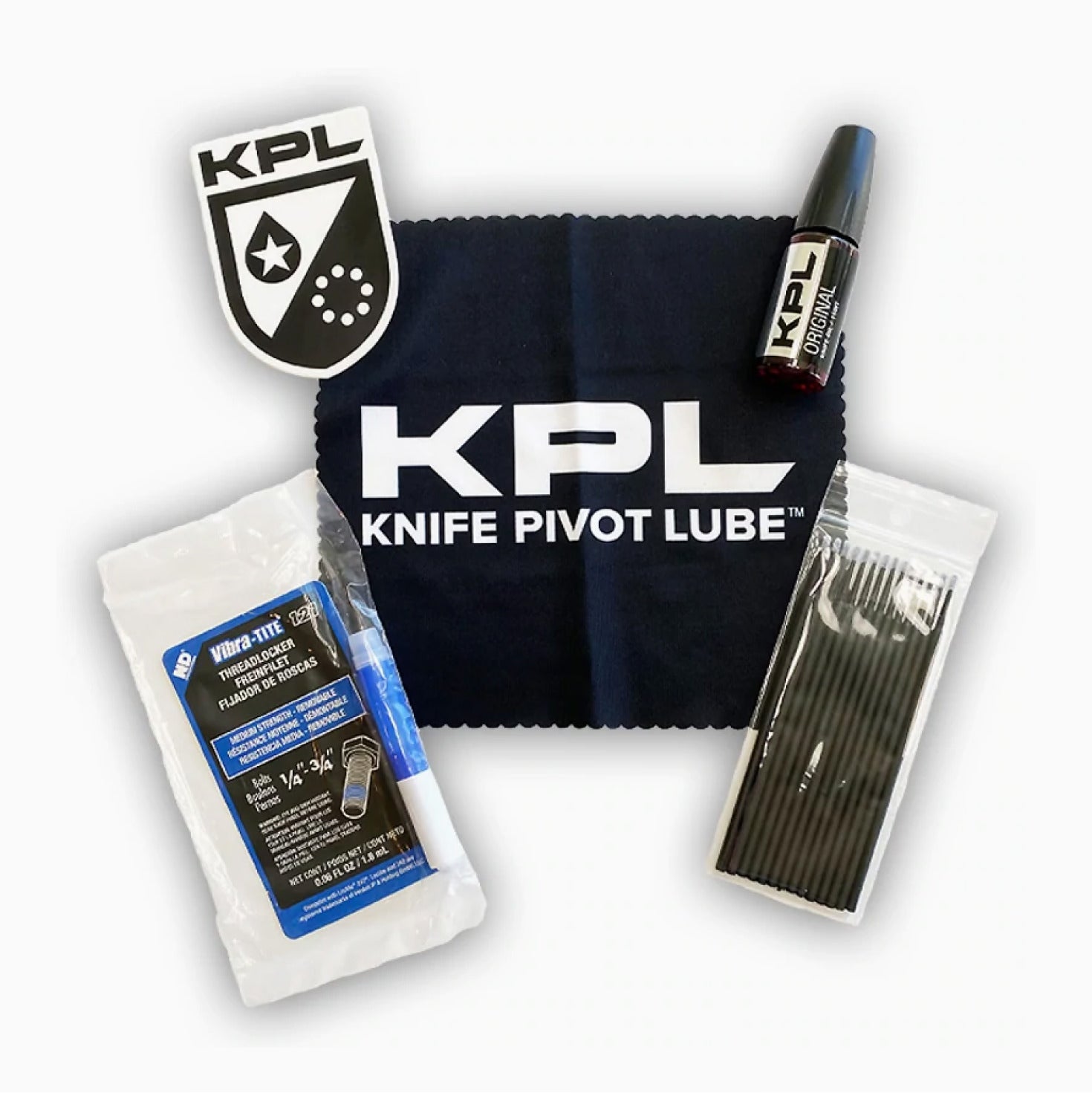
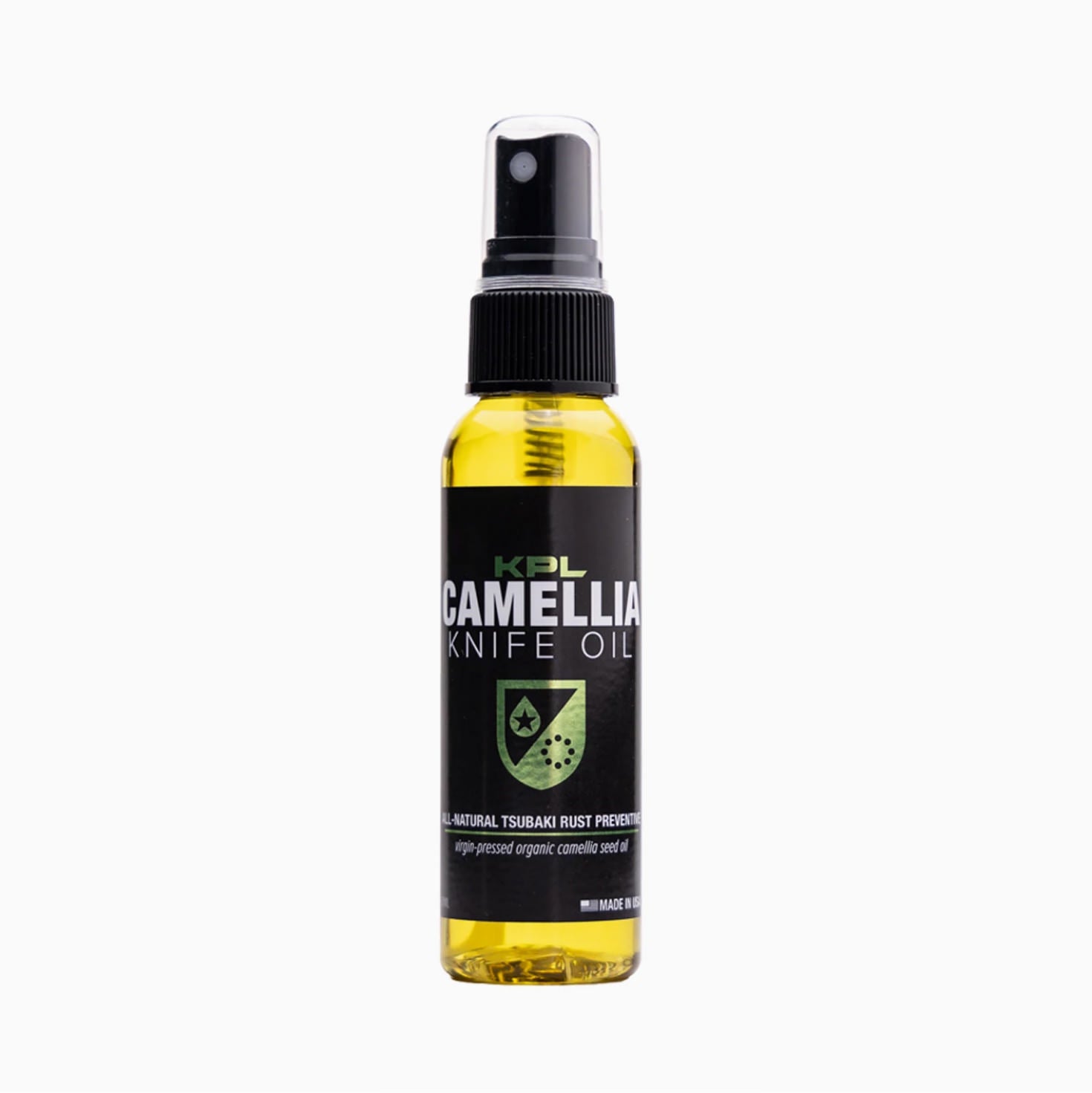


Comments
Christopher D Senn said:
Bearings are fastest. Washers are smoothest. I prefer Bearings
Adam said:
New to the edc knife world, got a question got four knives qsp penguin Micarta D2, Kershaw 8cr13 junk knive was my starter knife, cjrb pyrite, deka Gen 2, spyderco Para 3 digit Camo Stonewash blade, anyways is phosphor bronze Washers, ceramic Washers, or ball bearings the smoothest on a edc knife which opens the smoothest fastest Thank You.